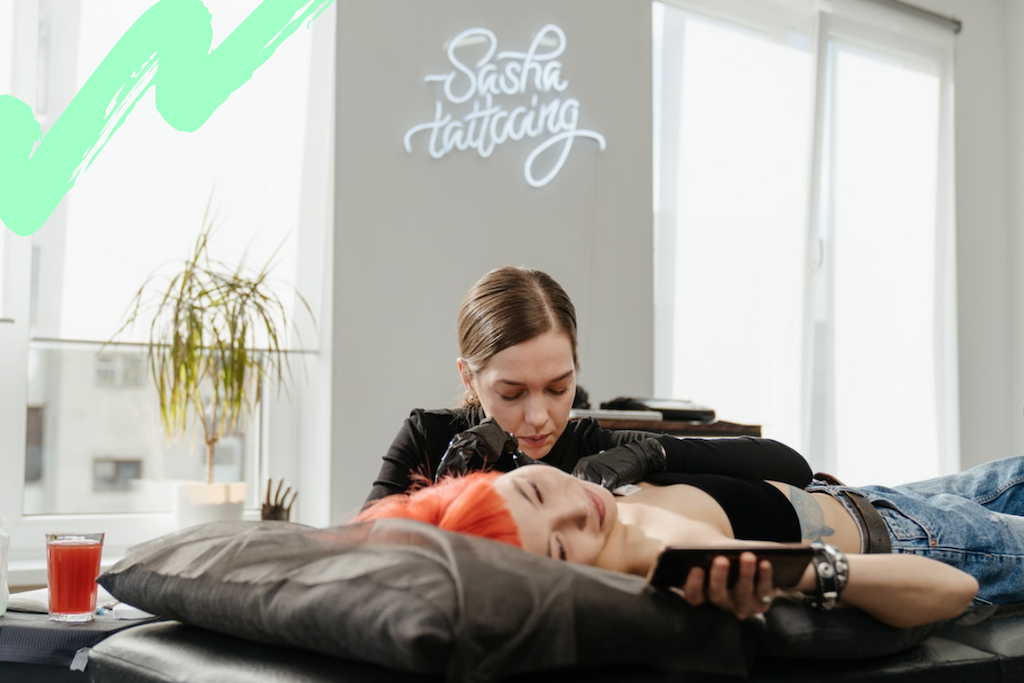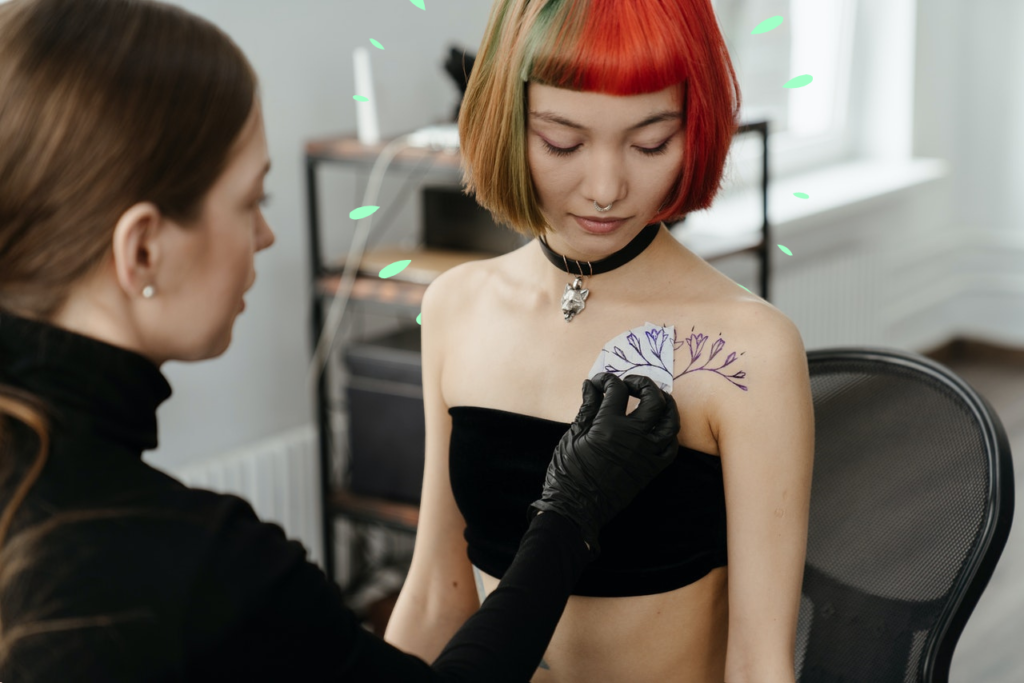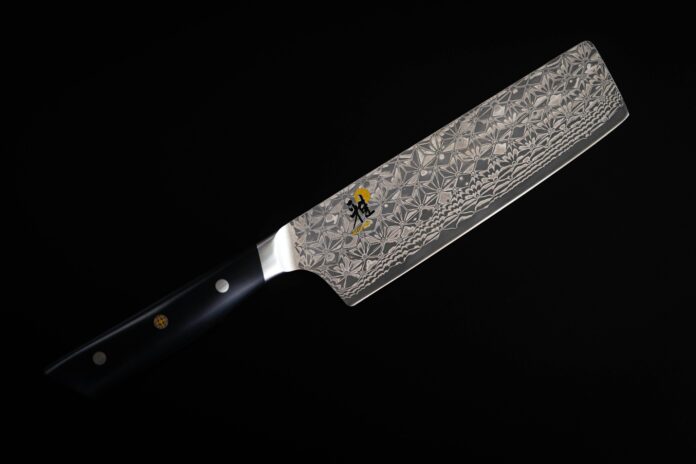Let’s be honest; while getting a tattoo is a deeply personal journey of self-expression, the anticipation of pain can overshadow the excitement of choosing your perfect design. Whether you’re a first-timer nervously browsing Pinterest for inspiration or a seasoned collector planning your next masterpiece, understanding the pain factor is crucial to making informed decisions about placement.
The truth is, not all body parts are created equal when it comes to tattoo pain. Whilst some areas feel like little more than a mild scratch, others can have even the most stoic individuals questioning their life choices. So where exactly should you prepare for the worst – and where might you catch a pleasant surprise?
The Science Behind Tattoo Pain
The pain you experience during tattooing depends primarily on areas with little fat, many nerve endings, or thin skin, which are more likely to hurt compared to areas with the most fat, fewest nerve endings, and thickest skin. Think of it as a simple equation: the closer the needle gets to bone with minimal cushioning, the more intense the sensation becomes.
When a tattoo needle pierces skin above the bone, nerves in your bones may pick up the vibrating sensation, especially if the needle moves quickly, causing what’s known as vibrating pain. It’s not just the initial pierce – it’s the sustained nature of the process that creates the challenge.

The Hall Of Shame: Most Painful Locations
Ribcage
Many people with tattoos rate the ribs as the most painful area to get inked. The ribcage consistently tops pain charts for good reason – the skin is exceptionally thin, there’s minimal fat for cushioning, and the constant expansion and contraction from breathing adds an extra layer of discomfort. Health experts confirm this area as one of the most challenging for both artists and clients.
Head & Face
The head is universally known to be the most painful place to get a tattoo for many people, with very little protective layer between the artist’s needle and the customer’s skull. Beyond the physical pain, many report that the mental aspect – the vibrations and noise experienced during the process – can be equally overwhelming.
Hands & Feet
These extremities pack a double punch of pain. Fingers are made up of bones, tendons, and joints with minimal fat and lots of nerve endings, making them a very painful spot to get tattooed. The feet present similar challenges, with thin skin stretched over numerous small bones and a high concentration of nerve endings.
Armpits
An armpit tattoo might sound odd, but people do get them done, and it can be particularly sore because the axillary nerve is located here as well as the glands, and the skin around the armpit is extremely sensitive. Many tattoo artists actively discourage clients from choosing this location due to the intense discomfort involved.
Spine
Getting inked along your spine is not for the faint-hearted. The spine is a sensitive area due to the proximity of the spinal cord and nerve endings, with tattooing directly over the vertebrae being especially painful.
Read: How tattoos have influenced modern fashion

The Sweet Spots: Least Painful Locations
Not all tattoo locations will have you white-knuckling the chair. Beauty experts highlight several more comfortable options for those concerned about pain tolerance.
Outer Arms & Shoulders
A tattoo on the outside of your arm tends to be far less painful than one on the inside of the arm because the skin on the outside of the arm isn’t as close to the main nerves running through the arm. These areas offer excellent cushioning with muscle and fat, making them ideal for first-timers.
Upper Back
The upper back provides thick skin and substantial muscle coverage, creating one of the most comfortable tattooing experiences. It’s also an excellent canvas for larger, more detailed pieces.
Thighs
Thighs usually have plenty of fat and muscle padding, as well as thick skin and fewer nerve endings than other areas, making them less painful places to get tattoos. Both inner and outer thighs offer relatively comfortable experiences, though the inner thigh can be slightly more sensitive.
Calves
The calf muscle provides excellent natural padding, and lifestyle publications note that anywhere between the ankle and knee, particularly on the side of the calf muscle away from the shin bone, tends to be manageable for most people.

Managing The Discomfort
For those determined to get tattooed in more sensitive areas, there are ways to minimise discomfort. Some people find success with numbing cream for tattoos, though it’s essential to discuss this with your artist beforehand and ensure you’re not allergic to the ingredients.
Patient experiences reveal that proper preparation makes a significant difference. Staying hydrated, getting adequate sleep, and eating a proper meal before your appointment can dramatically improve your pain tolerance. Many experienced tattoo collectors recommend shorter sessions for particularly painful areas – breaking up large pieces over multiple appointments rather than enduring marathon sessions.
Individual Variations Matter
Everyone has different thresholds of pain for various tattoo spots, and pain in these areas may be low to moderate, as noted by comprehensive body pain guides. Factors like age, body composition, hormonal fluctuations, and even your mental state on the day can all influence your pain experience.
Interestingly, research suggests that people who have had tattoos may have a higher pressure pain threshold compared to those who have never had a tattoo. This means your pain tolerance may actually improve with each tattoo – a comforting thought for those planning extensive body art.
The Bottom Line
Whilst pain is an inevitable part of the tattooing process, understanding which areas are most and least sensitive can help you make informed decisions about placement. Remember, the most important factor isn’t avoiding pain entirely – it’s choosing a location that complements your design and personal style, and following the proper aftercare advice too.
The temporary discomfort pales in comparison to a lifetime of loving your tattoo. As any seasoned collector will tell you, the pain fades, but the art is forever. Whether you’re planning a delicate wrist piece or a bold back masterpiece, knowing what to expect will help you approach your appointment with confidence and realistic expectations.
After all, some of the most stunning tattoos occupy the most challenging real estate on our bodies – and that’s precisely what makes them so special.





